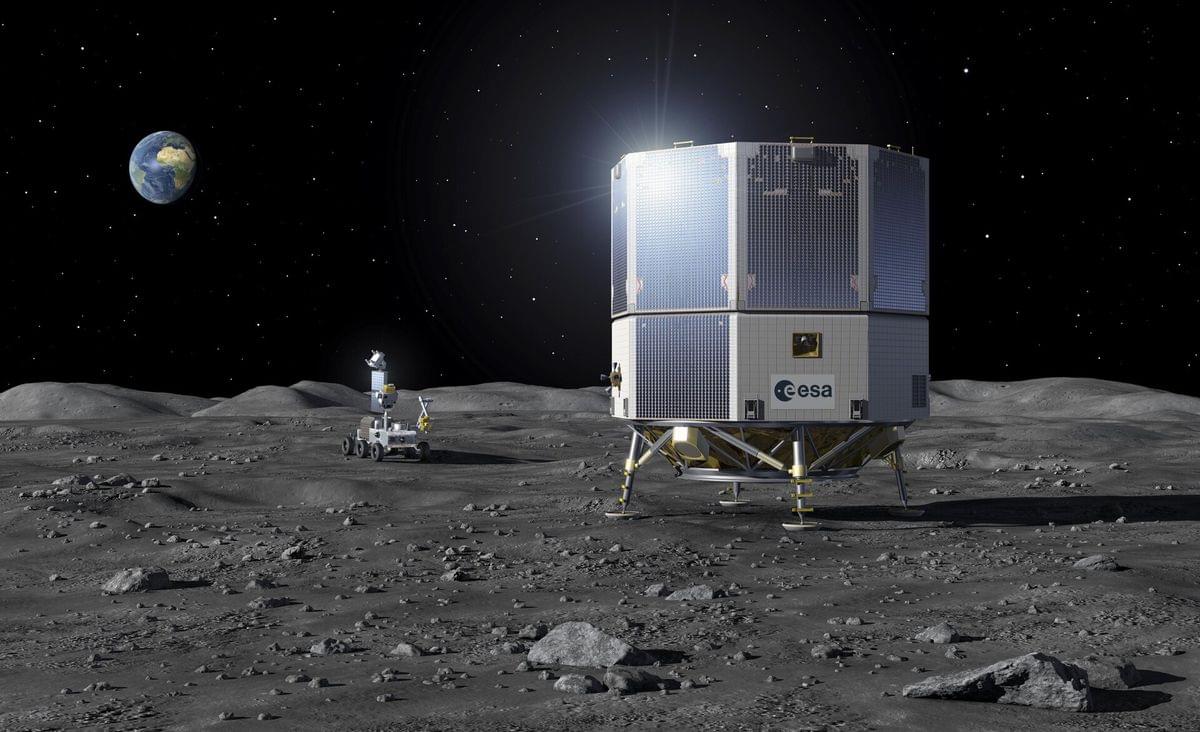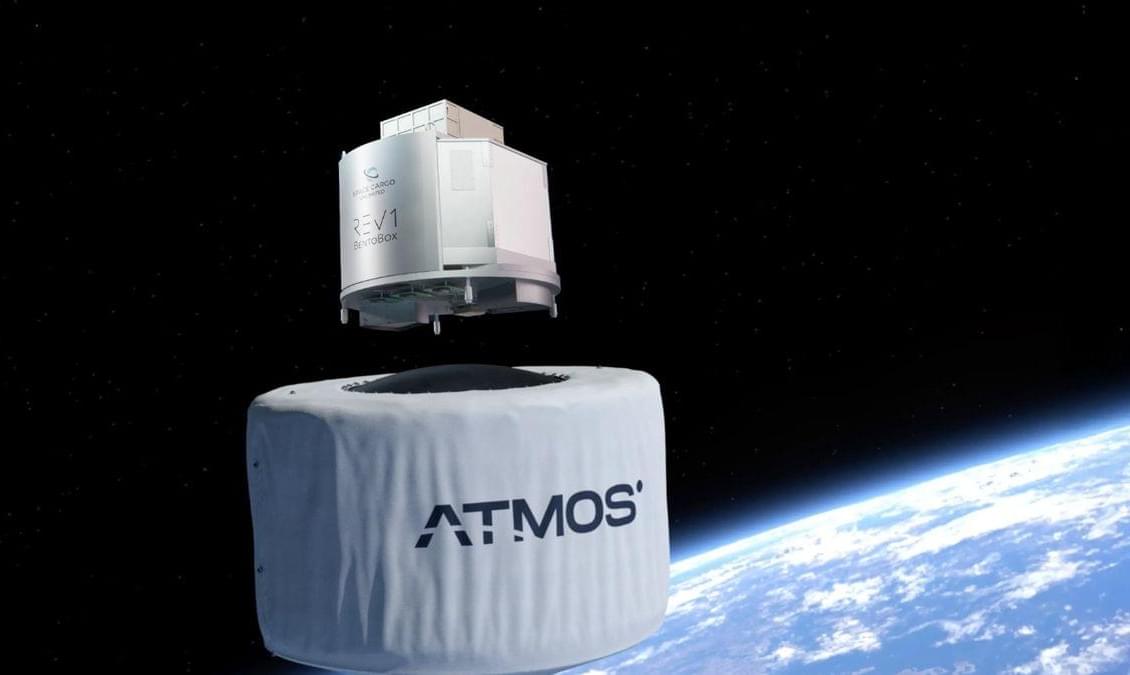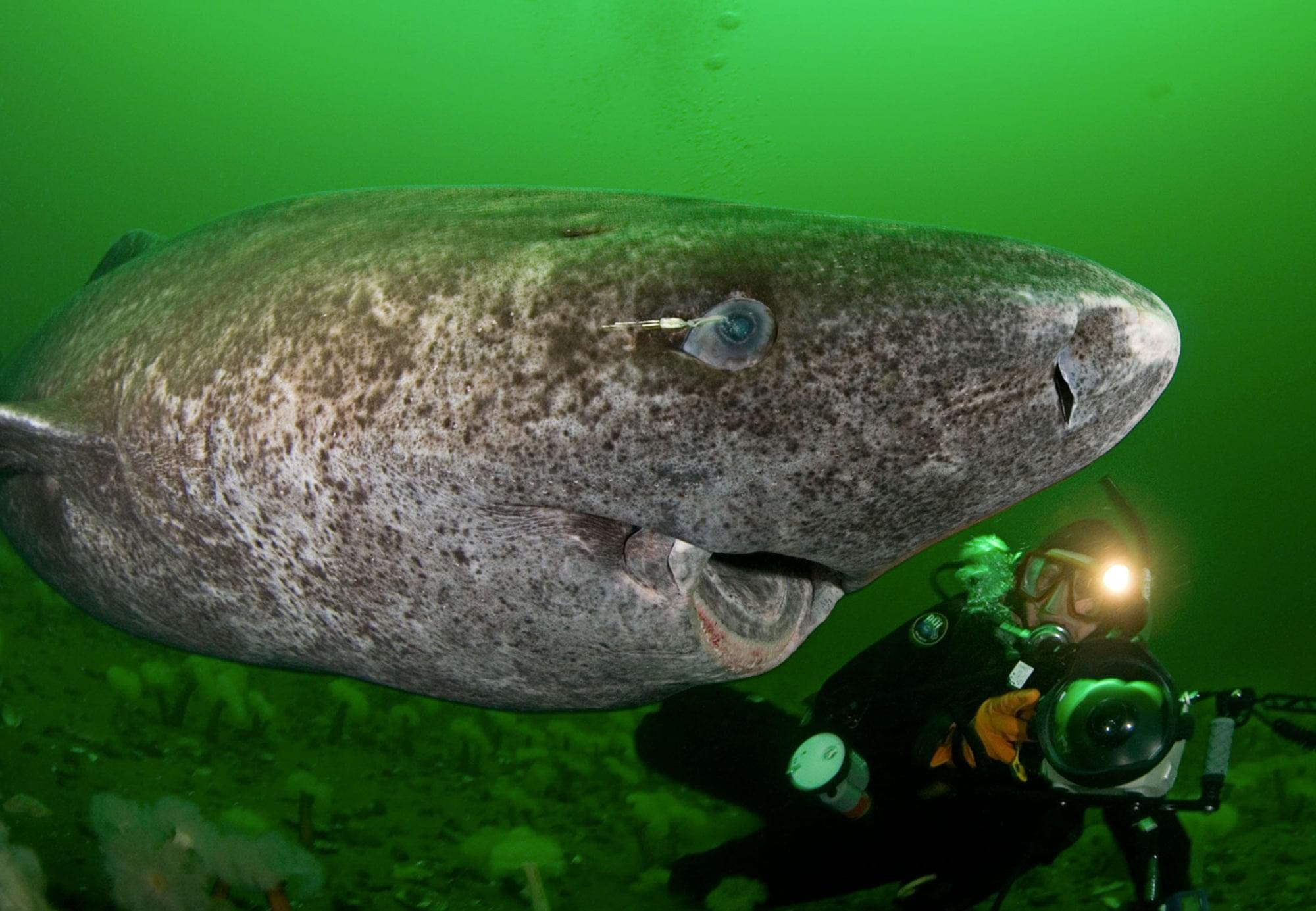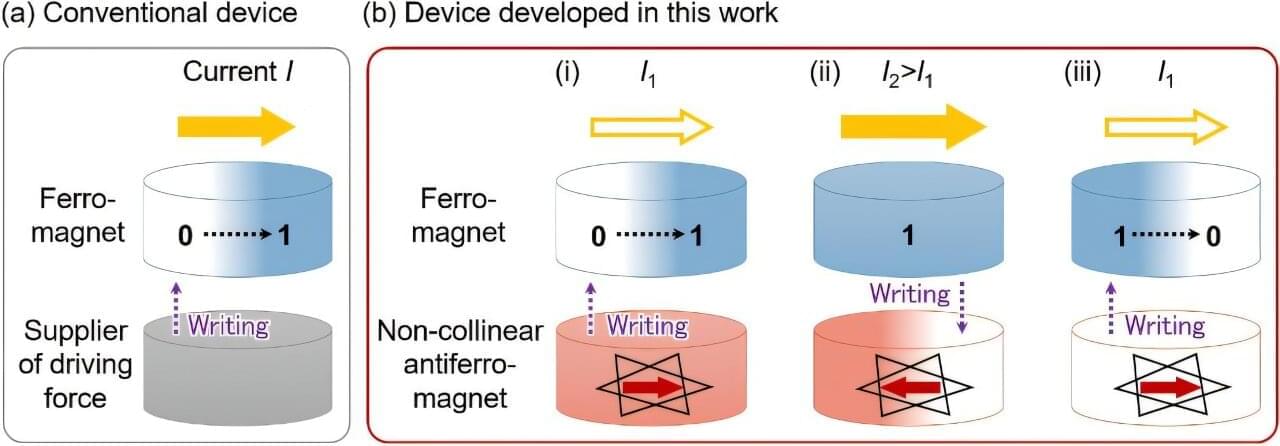Researchers have discovered two spikes in our ageing. Here’s how to turn back the clock.



DARPA’s Intensity-Squeezed Photonic Integration for Revolutionary Detectors (INSPIRED) seeks to break the quantum noise limit
Optical detectors are essential for converting light into measurable signals, enabling a wide range of critical technologies, such as fiber-optic communication, biological imaging, and motion sensors for navigation. However, their sensitivity is fundamentally limited by quantum noise, which prevents the detection of extremely faint signals in the most precision-demanding fields.
As the world marks the 100-year anniversary of the initial development of quantum mechanics with the International Year of Quantum Science and Technology, DARPA’s Intensity-Squeezed Photonic Integration for Revolutionary Detectors (INSPIRED) program is working to break through the quantum noise limit. By harnessing “squeezed light,” INSPIRED seeks to develop compact, cost-effective optical detectors that can operate at unprecedented sensitivities – allowing signals previously buried in quantum noise to be clearly detected.

For decades, end users and systems designers have valued radar technology for its reliability. Especially in adverse weather conditions in which sensors based on other modalities are apt to fail, radar is a dependable technique offering broad application potential.
As a result of this robustness and widespread applicability, radar today is established as a standard sensing system in several high-growth technology sectors. The automotive industry, for example, has been a key driver of radar sensor miniaturization and overall performance improvements. The commercialization of radar for passenger vehicles predates the turn of the century, and radar sensors are also now commonly deployed in advanced driver-assistance systems, including for adaptive cruise control, autonomous emergency braking, and blind-spot assist.


A European company will give its cargo-return tech its first in-space test this spring, if all goes according to plan.
Germany’s Atmos Space Cargo announced today (Feb. 5) that its first Phoenix reentry capsule will fly on SpaceX’s Bandwagon 3 rideshare mission. A Falcon 9 rocket will launch Bandwagon 3 no earlier than April, according to Atmos representatives.

This is superlongevity! ♾️
“One shark, measuring five meters, was found to be at least 272 years old, with an upper age estimate of more than 500 years (392 +/- 120 years). Another specimen was at least 260 years old, potentially exceeding 400 years. “We definitely expected the sharks to be old, but we didn’t expect that it would be the longest-living vertebrate animal,” Nielsen said.”
The Greenland shark holds the title as the longest-lived vertebrate on Earth, with some individuals potentially reaching 500 years of age. This elusive deep-sea predator, found in the frigid waters of the North Atlantic and Arctic Oceans, has fascinated scientists due to its remarkable lifespan. Its slow growth rate and mysterious biology have made it a subject of ongoing research, shedding light on how some species defy the limits of aging.
A major breakthrough in understanding the longevity of Greenland sharks came from a research team led by Julius Nielsen, a marine biologist at the University of Copenhagen. Nielsen and his colleagues conducted a study that revealed a Greenland shark estimated to be at least 272 years old, with some models suggesting an upper age limit of nearly 500 years.
This finding shattered previous records, surpassing the known lifespan of the 211-year-old bowhead whale, which had long been considered the longest-lived vertebrate.

AI transformational impact is well under way. But as AI technologies develop, so too does their power consumption. Further advancements will require AI chips that can process AI calculations with high energy efficiency. This is where spintronic devices enter the equation. Their integrated memory and computing capabilities mimic the human brain, and they can serve as a building block for lower-power AI chips.
Now, researchers at Tohoku University, National Institute for Materials Science, and Japan Atomic Energy Agency have developed a new spintronic device that allows for the electrical mutual control of non-collinear antiferromagnets and ferromagnets. This means the device can switch magnetic states efficiently, storing and processing information with less energy—just like a brain-like AI chip.
The breakthrough can potentially revolutionize AI hardware via high efficiency and low energy costs. The team published their results in Nature Communications on February 5, 2025.


Published in the Journal of the American Chemical Society, the research by scientists at King’s College London and their collaborators suggests that chromatin—the complex of DNA
DNA, or deoxyribonucleic acid, is a molecule composed of two long strands of nucleotides that coil around each other to form a double helix. It is the hereditary material in humans and almost all other organisms that carries genetic instructions for development, functioning, growth, and reproduction. Nearly every cell in a person’s body has the same DNA. Most DNA is located in the cell nucleus (where it is called nuclear DNA), but a small amount of DNA can also be found in the mitochondria (where it is called mitochondrial DNA or mtDNA).